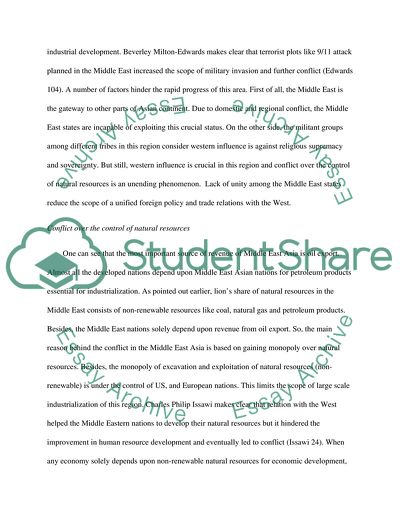Cite this document
(“Not Found (#404) - StudentShare”, n.d.)
Not Found (#404) - StudentShare. Retrieved from https://studentshare.org/religion-and-theology/1738918-sunni-and-shia
Not Found (#404) - StudentShare. Retrieved from https://studentshare.org/religion-and-theology/1738918-sunni-and-shia
(Not Found (#404) - StudentShare)
Not Found (#404) - StudentShare. https://studentshare.org/religion-and-theology/1738918-sunni-and-shia.
Not Found (#404) - StudentShare. https://studentshare.org/religion-and-theology/1738918-sunni-and-shia.
“Not Found (#404) - StudentShare”, n.d. https://studentshare.org/religion-and-theology/1738918-sunni-and-shia.


